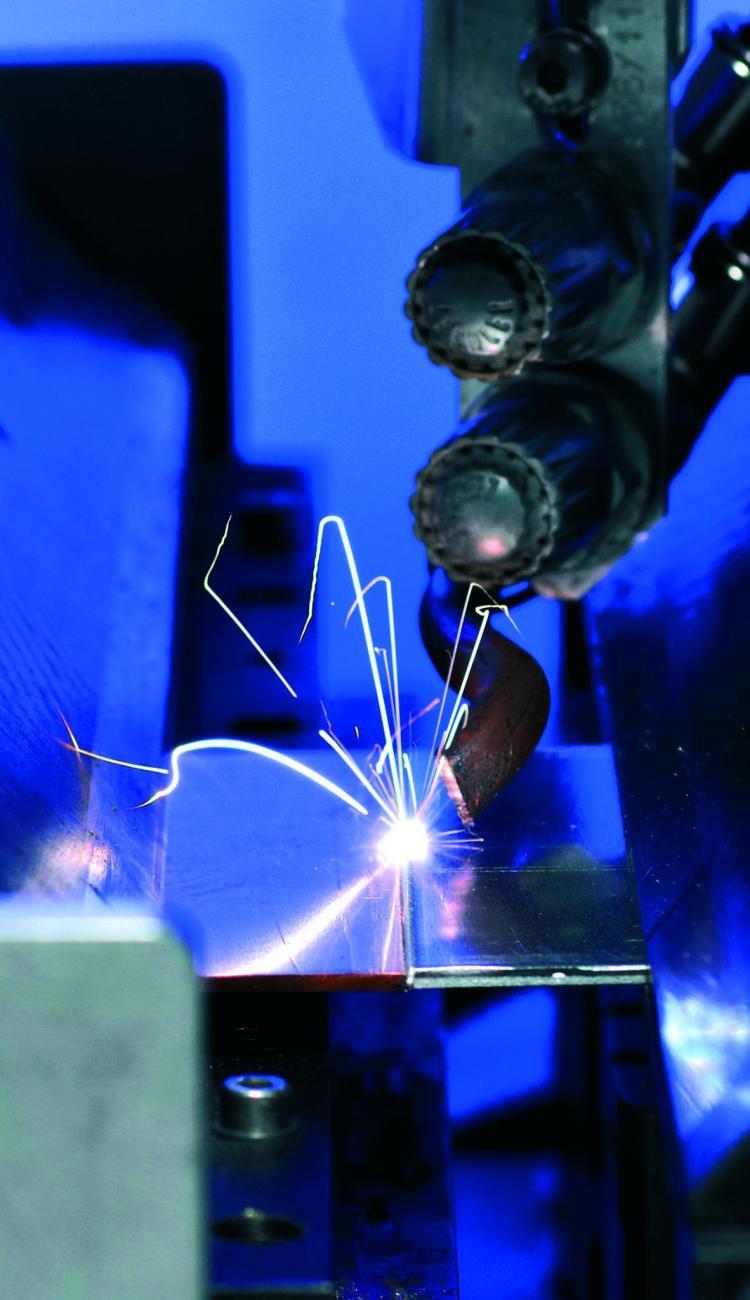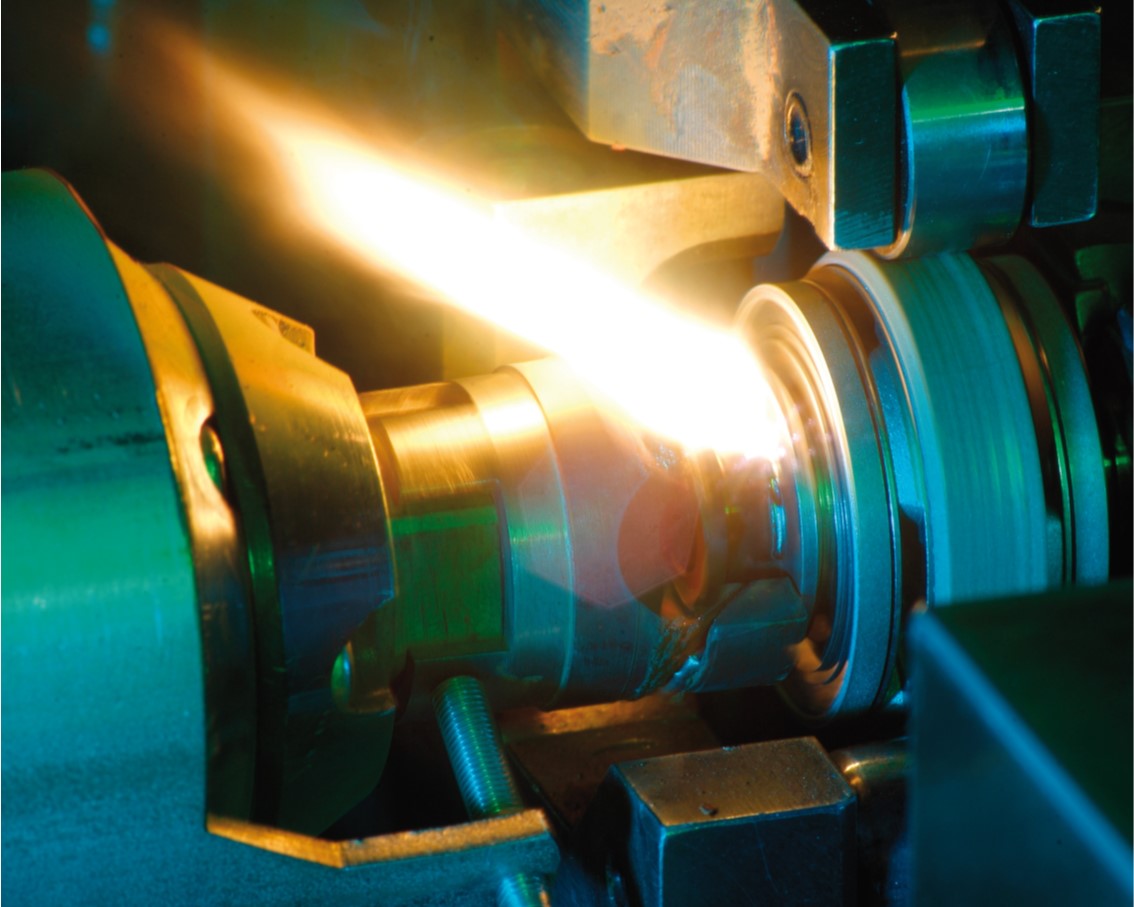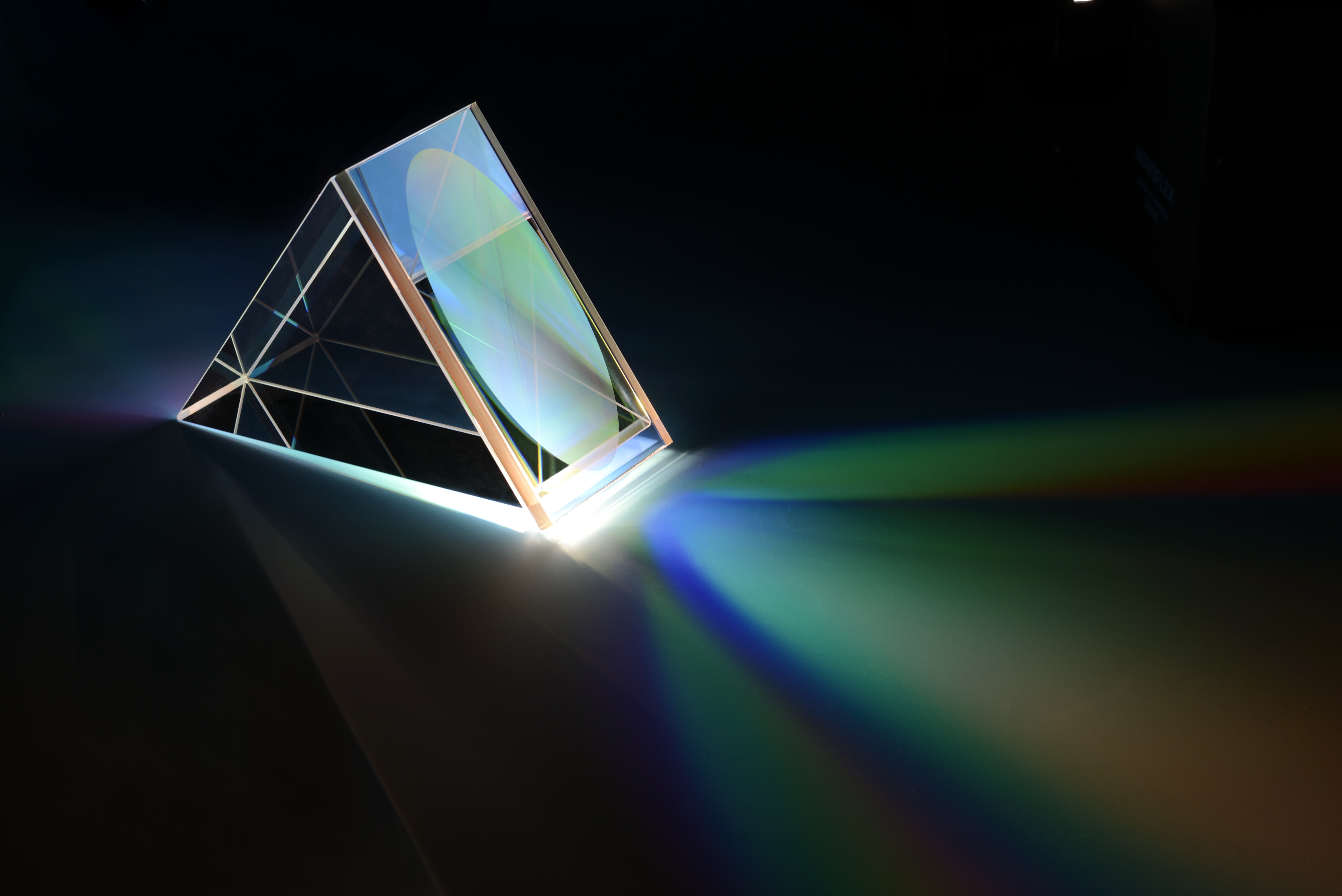


Laser-beam joining is one of the key competencies of the Fraunhofer Group for Light & Surfaces. In this group, the institutes Fraunhofer ILT, Fraunhofer IWS and Fraunhofer IOF develop tailor-made processes, tools and systems for laser-beam welding, laser soldering and laser bonding. To do this, they have at their disposal joining processes for macroscopic and microscopic applications and for almost all materials – from metals via (fiber-reinforced) plastics all the way to glass and silicon. Since concentrated laser energy input can be flexibly modulated in terms of time and space, these processes achieve high joining speeds with optimized connection geometry and minimized heat influence and distortion. In addition, special hybrid processes can be used to join dissimilar materials, such as, for example, fiber-composites with metals.
Laser-Beam Welding
Laser-beam welding is a modern welding process that has found a wide range of industrial uses, especially in mass production. Based on their extensive background know-how in metal-physical processes and plant engineering, Fraunhofer IWS and Fraunhofer ILT are developing welding technologies and prototype welding, optimizing processes and plants as well as preparing welding instructions. Laser-beam welding allows users to produce material-locking, metallic connections in numerous seam and joint configurations. In addition to processing established and innovative steels and aluminum alloys, the institutes have extensive experience working with copper, titanium, nickel- and cobalt-based alloys.
Hybrid welding can be used to efficiently combine the penetration of laser-beam welding with the advantages of arc welding. Here, in particular, large seam cross-sections have to be produced, differences in the constructional component offset and, at the same time, the energy input minimized. Moreover, in the case of hybrid welding, special alloy compositions can be generated in the weld seam through the filler material; they can prevent cracks and volume errors from forming. Multifunctional processing heads combine laser welding, cutting and coating to form integrated process chains.
Laser Cladding
Laser cladding applies wire or powder on any carrier material to produce wear-resistant layers, on the one hand, and to repair ablate regions of a fusible component, on the other. The laser cladding activity covers the developing process and systems technology for a wide range of industrial laser applications of surface coating, additive manufacturing and repair of tools and components. This includes process simulations, CAD/CAM software solutions as well as a comprehensive commissioning service directly at the user's site.
Laser-Beam Soldering
Outstanding properties of laser-beam soldering are its ability to melt the solder without contacting it and precisely distribute the energy input to the solder and the joining partner. This process can be used for a wide range of applications: from visual seams in automotive engineering, through contacts in electronics all the way to the connection of glass substrates in displays.
When thermoplastic materials are joined, the laser radiation is focused onto the covered joining location by one of the joining partners in the transmission process; this way, the joining partners are only melted at the desired contact surface. So that plastic can be connected to metal, the metal surface in the joining area is structured with the laser in such a way that a microscopic form closure with the plastic is produced.
Laser-Beam Bonding
The melt-free laser-beam bonding of silicon and glass lends itself, in particular, to encapsulating micro systems and thermally sensitive components. By thermally activating the interface between glass and silicon, the process produces a thermally and mechanically stable oxide compound without melt generation. When the irradiation wavelength is chosen suitably, further material combinations such as glass/glass or silicon/silicon can be joined. For adapted thermal expansion coefficients, it is also possible to produce dissimilar material combinations.
Especially in terms of appearance, laser beam bonding is a promising alternative to conventional joining technologies such as gluing. Fraunhofer IOF uses hydrophilic bonding for highly stressed amorphous and crystalline optics. In addition, bonding technologies specific to the materials for glass and glass ceramic are used: siliceous or direct bonding.
